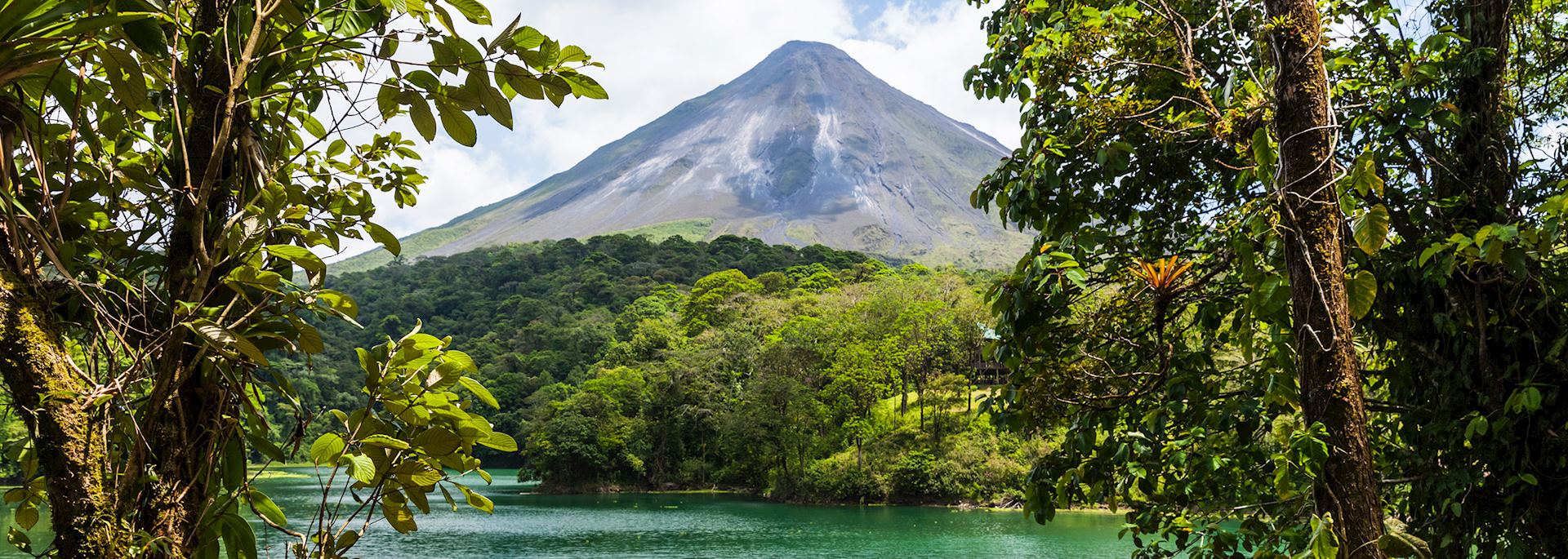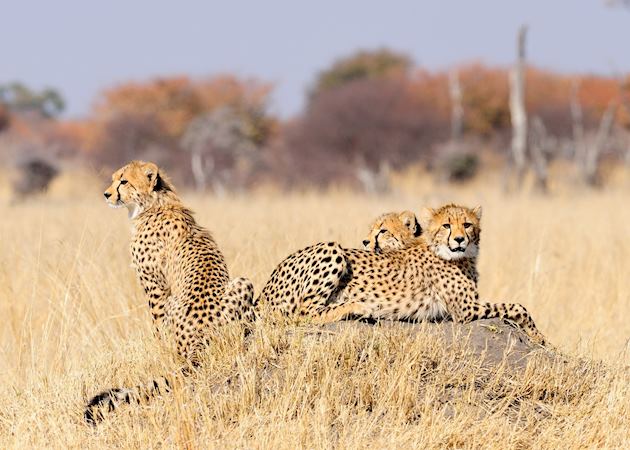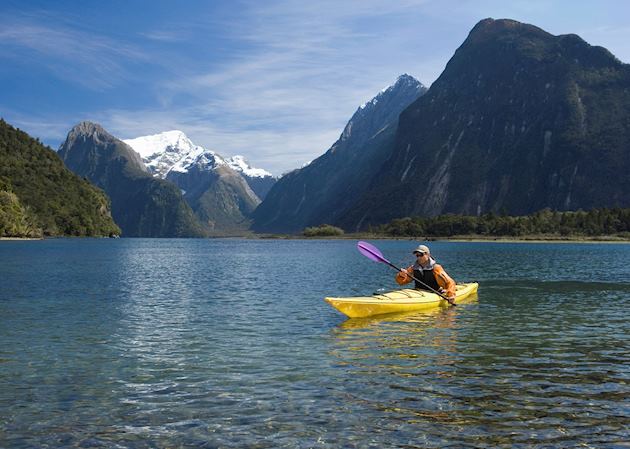With so many places around the world that we’re told we must see by friends, family, and the media, it can sometimes feel like you’re simply following the herd to photograph the same sights and enjoy the same experiences. But, what if you strayed outside the box and took a different path?
Here, we share ten countries, regions, and routes that may not immediately spring to mind when you’re planning a trip, but can be just as rewarding as big-name destinations. And, because our specialists haven’t overlooked them on their travels, they can suggest the best ways to experience them.
New Brunswick, Canada
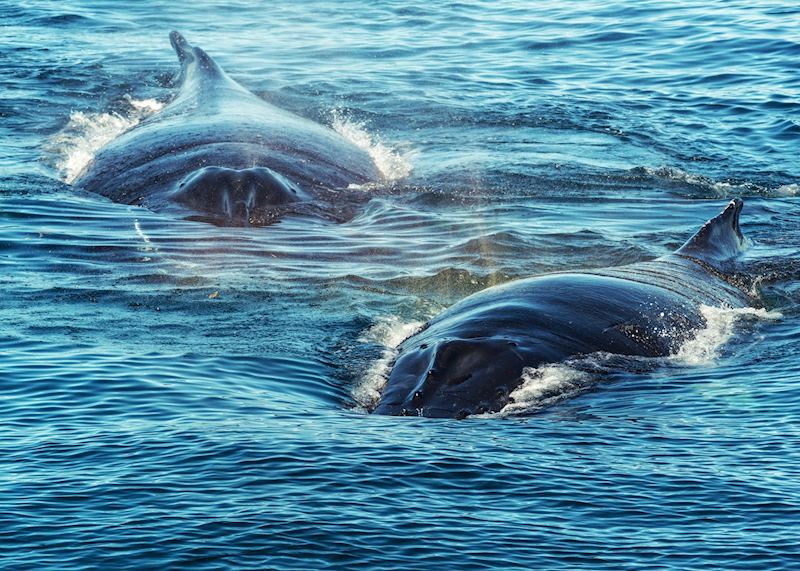

While the Canadian Rockies lure many of the country’s visitors to the west, New Brunswick hides a winning hand much closer to home. The compact eastern province offers a mix of peaceful lakes, forested mountains, and rock-scattered coastline — including the Bay of Fundy, where you can witness the world’s highest tides ebb and flow while paddling a kayak. The bay is frequented by humpback, minke, and finback whales, which you can spot on guided boat trips.
New Brunswick also boasts historic towns and fishing villages with a laid-back, down-to-earth feel. You might visit Shediac, the ‘lobster capital of the world’, joining a small-scale fisherman on his boat to help him bring in the morning’s catch before tucking into fresh lobster yourself.
Meanwhile, the region’s Acadian roots are still prominent on the Acadian Peninsula, where a French dialect is spoken and the food and music have distinctly French styles. In the village of Caraquet, you can visit the Acadian Museum or the Acadian Historic Village — a reconstructed 19th-century settlement — to learn more about the province’s heritage.
What the experts say:
'Because New Brunswick has remained relatively unknown, you can enjoy a variety of authentic experiences here. I also love staying in the characterful B&Bs, whose friendly owners are always happy to share their favourite local spots.' — Emily, Canada specialist.
When to go
We recommend visiting between June and September, when you’re most likely to experience drier, warmer weather, and whale watching is at its best.
Top festivals and events for New Brunswick
- The annual Shediac Lobster Festival takes place in July, featuring live music, sports, fairground rides, and of course, fresh lobster.
- Festival acadien de Caraquet is held during the first two weeks of August. You’ll enjoy live performances, fireworks, and Acadian food, concluding with a vibrant parade on Acadian Day (15th August).
Tasmania, Australia
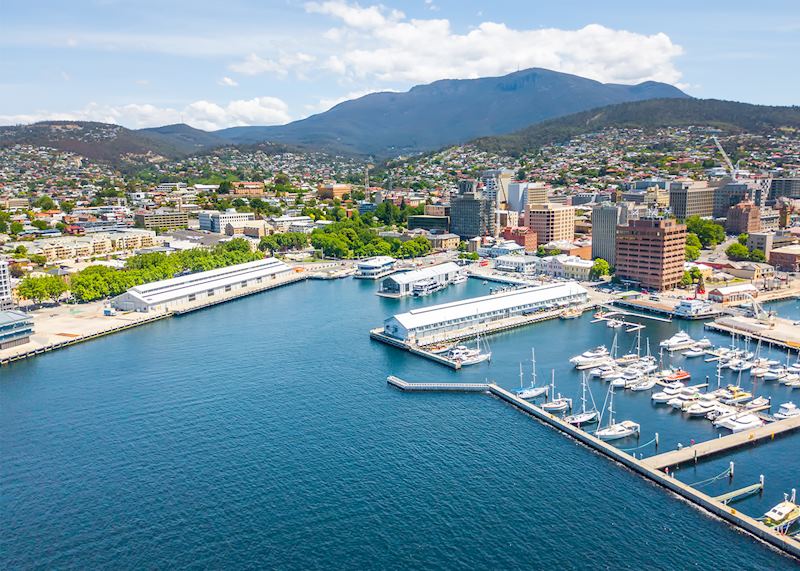
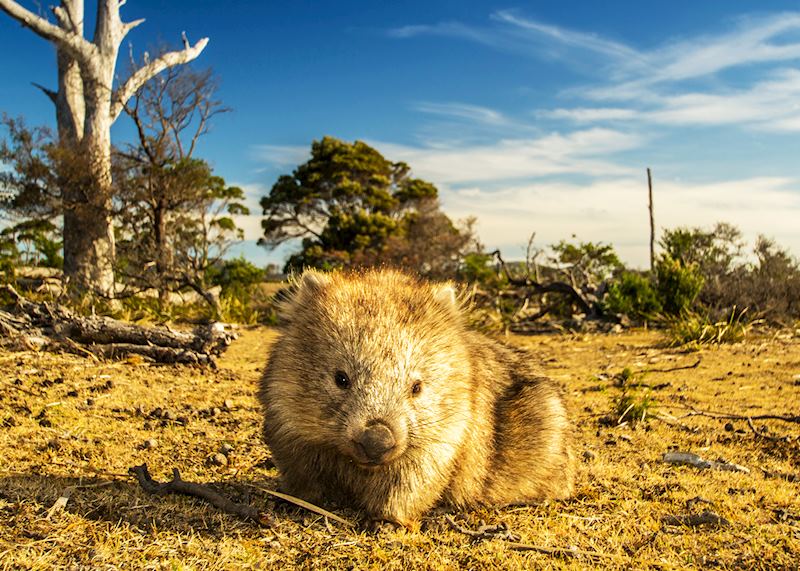
A near-forgotten corner of Australia, just off the southeast coast, Tasmania has retained a laid-back atmosphere, untouched landscapes thronging with wildlife, and historical landmarks that paint a picture of the country’s past. You’ll also find blossoming food and wine scenes in cities like Hobart and Launceston that rival any on the mainland.
A great way to explore this island state is on a guided hike, and there are plenty to choose from here, from gentle walks lasting a few hours to a multi-day trek across Maria Island, looking out for wombats as you go. If you’re particularly interested in wildlife, we can arrange for you to spend a couple of days in the company of a local naturalist who’ll take you to spots few others know about where you can spy platypuses, possums, and a myriad of birdlife.
Meanwhile, those looking to dig into Tasmania’s past as an early penal colony could pay a visit to Sarah Island, where ruins of the old convict prison still stand and actor-guides in period dress will bring its history to life.
What the experts say:
'Tasmania may seem like an afterthought compared to the rest of Australia, but it deserves your full attention. From the mountains and highland lakes of the west to the huge cliff faces and sandy beaches of the east to its European-feeling capital, Hobart, Tasmania is somewhere I’ll always advocate for.' – Australia specialist Haley.
When to go
The warmest, driest months in Tasmania are December to February, though its maritime climate means the weather can be unpredictable at any time of year. Autumn (March to May) tends to be quieter and you’ll get a chance to see the changing foliage. Harvest time means wine tasting is at its best, too.
Top festivals and events for Tasmania
- Festivale in Launceston takes place in early February, showcasing Tasmanian food and drink alongside live music.
Belize
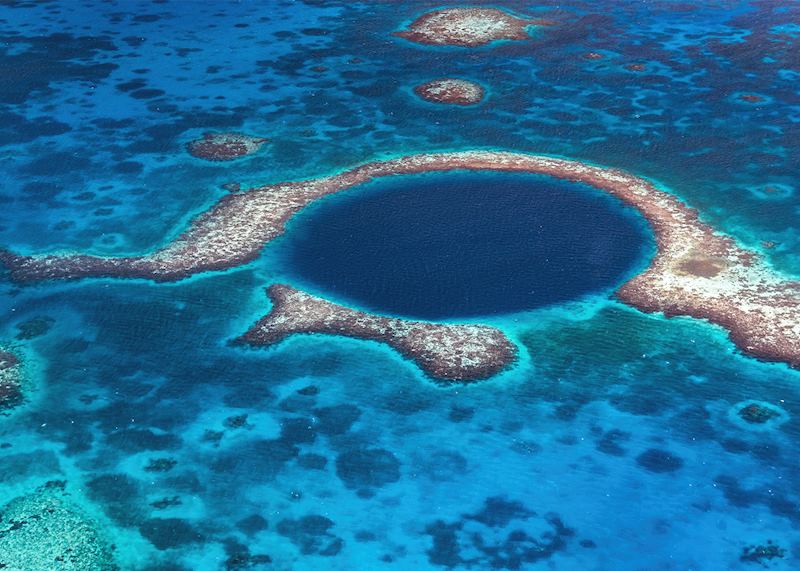

Though small in stature, Belize is large on things to do. From Mayan ruins set deep in the jungle to laidback coastal cayes, this Central American country packs in the best of the region in one easy-to-traverse location. Explore deep, meandering caverns. Wander amid the ancient ruins of Xunantunich, where pyramids tower over the emerald-green forest. And descend into the Blue Hole, a coral reef sinkhole where light cascades down through the vertical ocean cave.
You can also be as active or relaxed as you like. You might float in a tube down a tree-lined river that’s accessed directly from your lodge. Or, unwind on the outlying islands and snorkel in shallow turquoise waters, observing a rainbow of fish as well as rays and turtles.
English is the official language here, but the country has many diverse cultures to discover. In southern Belize, you can connect with the Garifuna, descendants of Afro-indigenous people from the Caribbean exiled to Central America, who can teach you to play hand-made drums that are considered to be sacred.
What the experts say:
'What I love about Belize is that it has a mix of everything you’d want to see in Central America in one concentrated area. It’s easy to get around and there’s so much to do here, from caves and reefs to jungles and beaches, with a good dose of wildlife, too.' — Nik, Belize specialist.
When to go
Dry season in Belize (January to May) is the ideal time to visit. You’ll experience sunny, dry days in the inland Cayo District as well as out on the Cayes. Further south, the Placencia and Toledo Districts are more tropical, so rain is possible throughout the year, but this nurtures verdant forests that are rich in wildlife.
Top festivals and events for Belize
- Each September, tens of thousands of people flock to Belize City for the dazzling costumes and music that is the Belize Carnival.
- Lobster fest, celebrated on Caye Caulker and Ambergris Caye, marks the start of lobster season in July.
- Punta Gordo in the Toledo District holds the Chocolate Festival of Belize, a three-day affair in May that celebrates cacao as well as local food, music and culture.
Zimbabwe
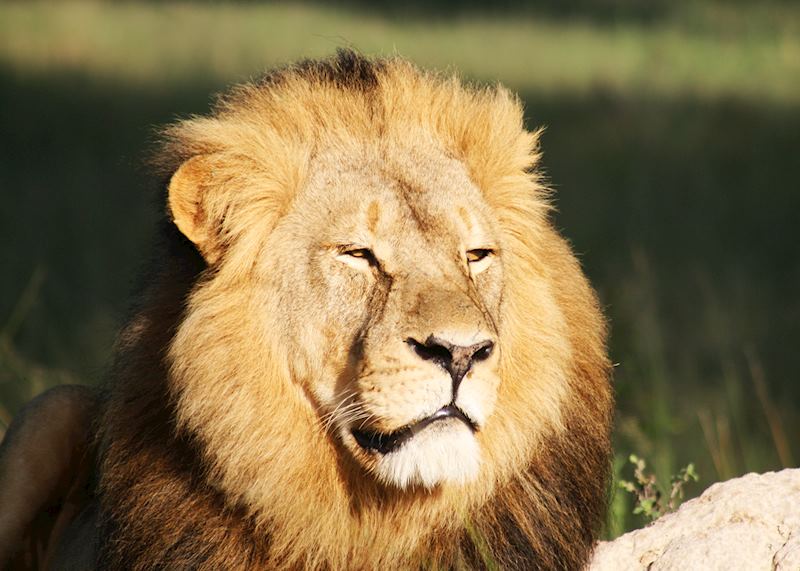
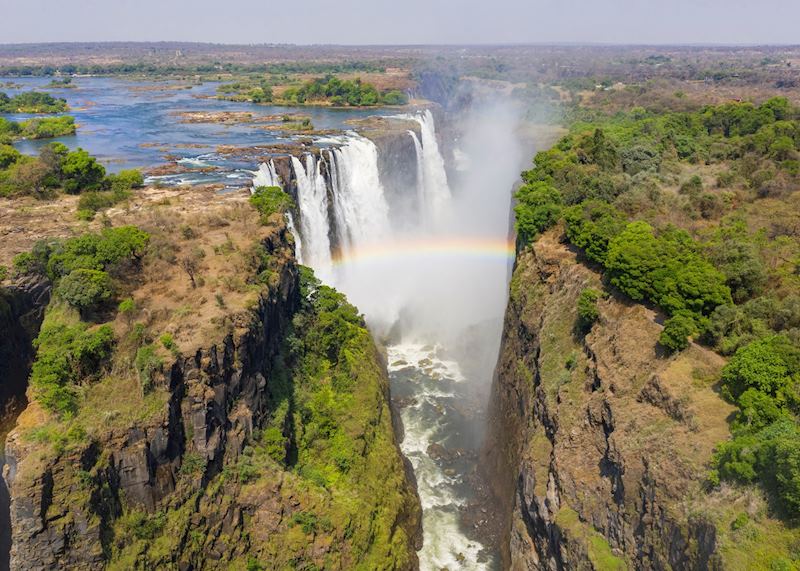
Because Zimbabwe is a less obvious choice for a safari compared to the likes of South Africa and Tanzania, you’ll often get wildlife sightings to yourself. Hwange National Park is the flagship area for spotting big cats, elephant, giraffe, and wild dog on game drives with some of Africa’s most highly trained guides.
You can get close to vividly plumed birdlife and see the beady eyes of hippo on boat safaris along the Zambezi River in Mana Pools National Park. And, on walking safaris, you’ll learn to identify smaller species while enjoying the sounds of the bush without the rumble of an engine.
Camps are intimately sized and designed to have minimal impact on the environment. It’s also easy to combine a safari here with a visit to Victoria Falls, which straddles the Zimbabwe-Zambia border.
What the experts say:
‘A safari in Zimbabwe feels truly authentic — you really feel you’re out in the wilderness. Add to that the exceptional guides, whose passion and knowledge bring your experience to life.’ — Amelia, Southern Africa specialist.
When to go
You’ll find plenty of wildlife whenever you visit Zimbabwe, but the best time for a safari is from July to October, when dry conditions mean animals gather around vital water sources, making them easier to spot. Migratory birds are present from November to February. Or, to see Victoria Falls at its best, visit between May and September.
Top festivals and events for Zimbabwe
- The annual game count in Hwange National Park takes place in September — you can join park rangers at waterholes as they count animals that pass through.
- Victoria Falls is at its prime between June and August, when the water level is high but not enough to obscure your views.
- Migratory bird species boost numbers between November and February.
Bhutan
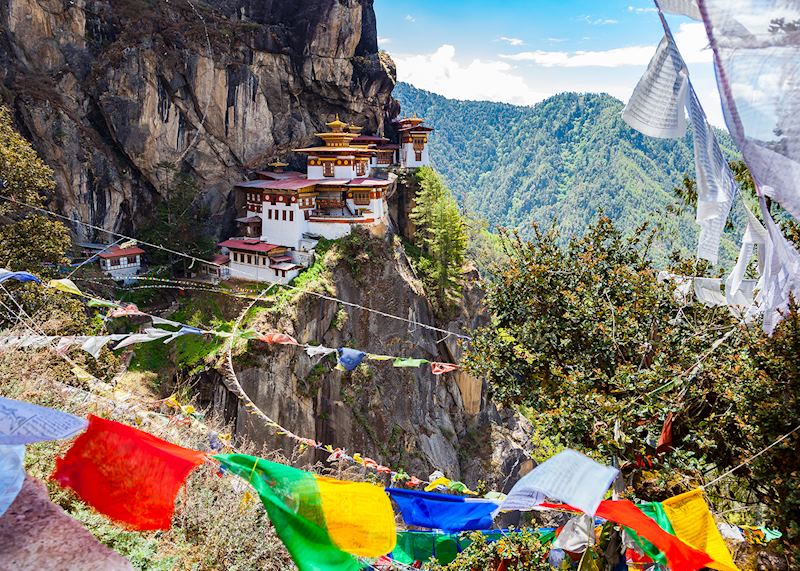
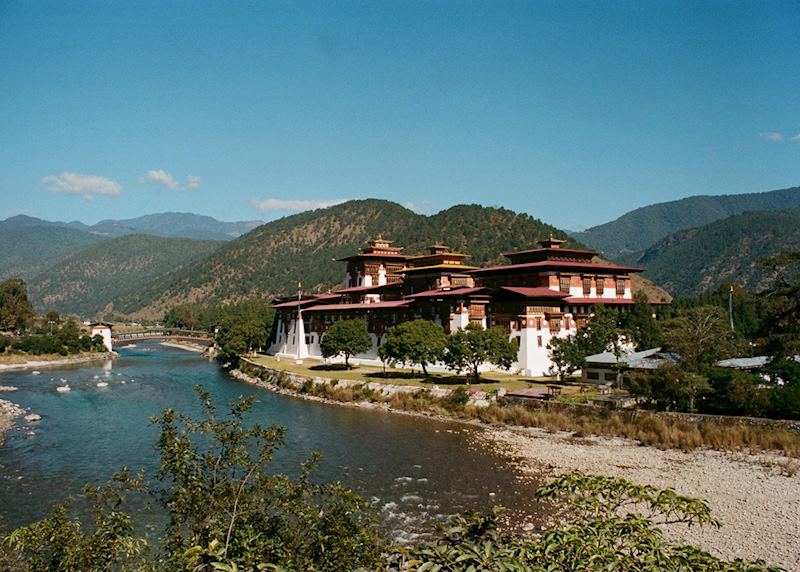
After being closed to the outside world from March 2020 to September 2022, this enigmatic mountain kingdom is keener than ever to limit visitor numbers with a strict entry policy and daily Sustainable Development Fee. While it boasts mountainscapes that rival Nepal’s, those who make the journey will also find a country rich in character.
Dzongs (fortresses) like the giant Punakha Dzong and chortens (shrines) dot the hillsides, valleys bloom with spring wildflowers, and you can gain an insight into Buddhist life by visiting tiny villages strung with prayer flags and staying in characterful teahouses.
Perhaps Bhutan’s only well-known sight is the Tiger’s Nest Monastery, perched precariously over a cliff near Paro. You’ll likely spend the rest of your time on remote hiking trails or simply soaking up the scenery. Your visit might also coincide with Thimphu’s weekend market and one of the many tshechus (festivals).
What the experts say:
‘Few people get a Bhutan stamp in their passport, but there’s something so special about this staunchly independent, traditional country which measures its progress by a Gross National Happiness scale.’ — Alison, Bhutan specialist.
When to go
Fresh, clear air and sunny skies make October to December and March to April the ideal times to visit Bhutan. Heat, humidity and monsoon rains mean it’s best to avoid May to September.
Top festivals and events for Bhutan
- In November, the Phobjikha Valley is filled with black-necked cranes which migrate from Tibet to perform elaborate mating dances. Considered a sacred bird, their arrival is marked by festivals in the monasteries that dot the valley.
- The most impressive tshechus takes place in Paro’s monasteries in March and April, on the tenth day of each month, with traditional mark and folk dancing, ceremonies, blessings, and rituals led by monks. Each monastery has its own set of rituals, which can range from offering noodles to guests to the throwing of dough balls.
Costa Rica
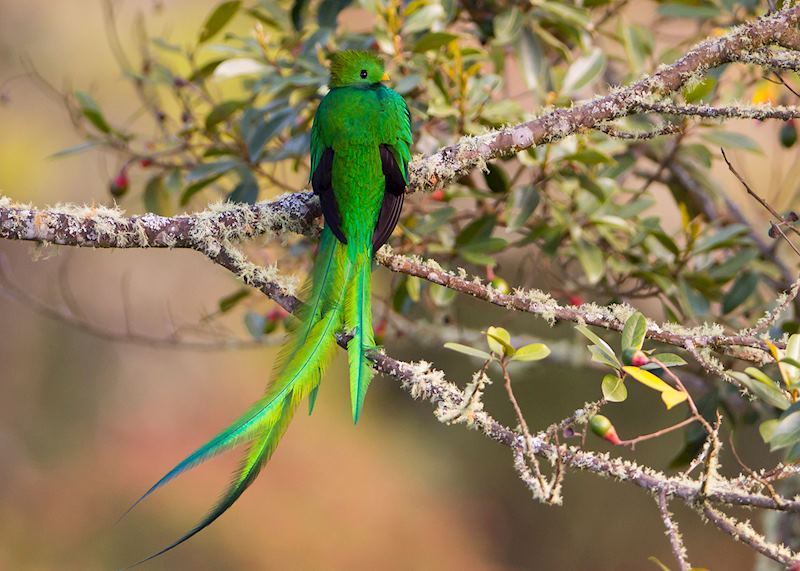
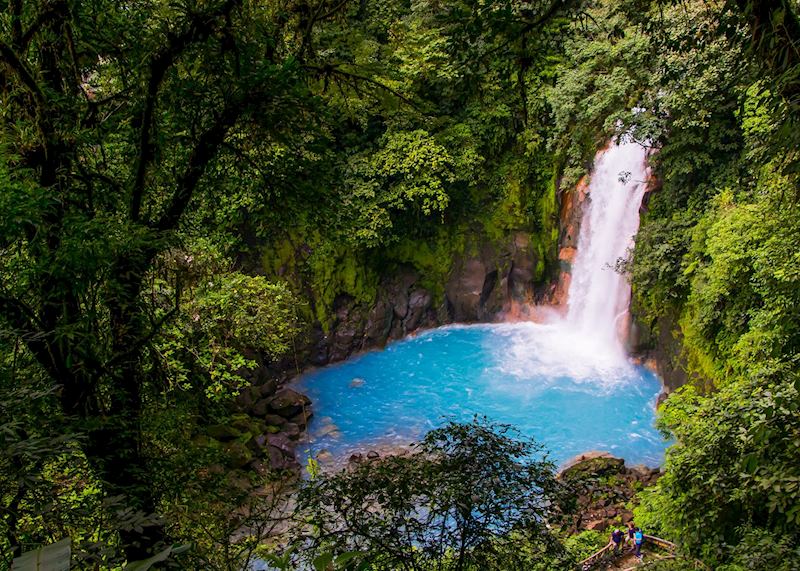
A well-trodden trail through Costa Rica usually revolves around Monteverde’s cloudforest, the Arenal volcano region, and the beach at Manuel Antonio. But, there are more serene (and often more fulfilling) alternatives.
If your heart is set on seeing the resplendent quetzal, you’d do better to visit the cloudforest of San Gerardo de Dota than Monteverde. Your lodge won’t have any bells and whistles, but you will have expert birdwatching guides. Quetzals are often spotted here feasting on the local fruit trees.
Arenal is a hub for activities like rafting, but the Pacuare River in the Turrialba Valley has some of the best white-water experiences in the country. And beach-wise consider the wild beaches of the Nicoya Peninsula, where you can look out for wildlife or relax at the surfers’ town of Santa Teresa.
What the experts say:
‘I love how nature runs rampant in Costa Rica: you might wake to the cries of howler monkeys, and even a simple roadside pitstop can turn into a wildlife-watching opportunity.’ — Nik, Costa Rica specialist.
When to go
July to August is a great time to see humpback whales in Dominical.
Top festivals and events for Costa Rica
- Día de los Boyeros, in March, is a celebration of oxcart drivers — in San Antonio de Escazú you can watch a parade of beautifully decorated oxcarts as well as driving competitions and dancing.
Northeast India
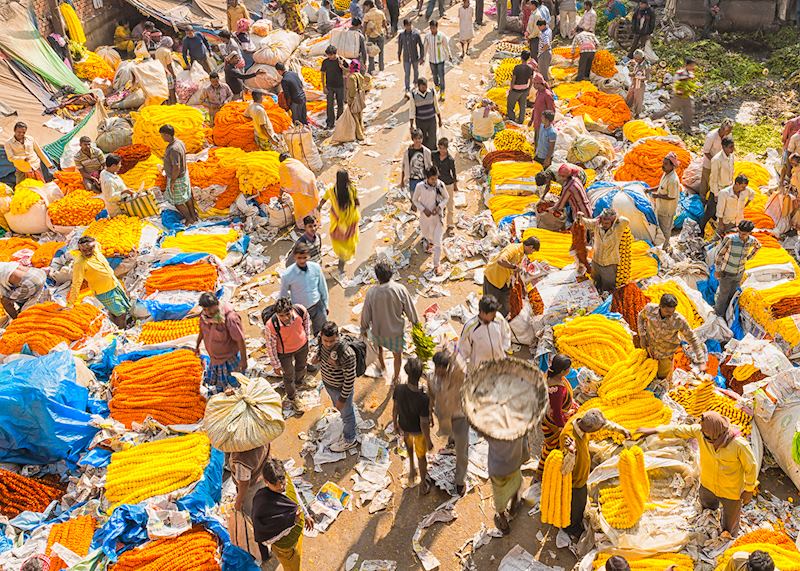
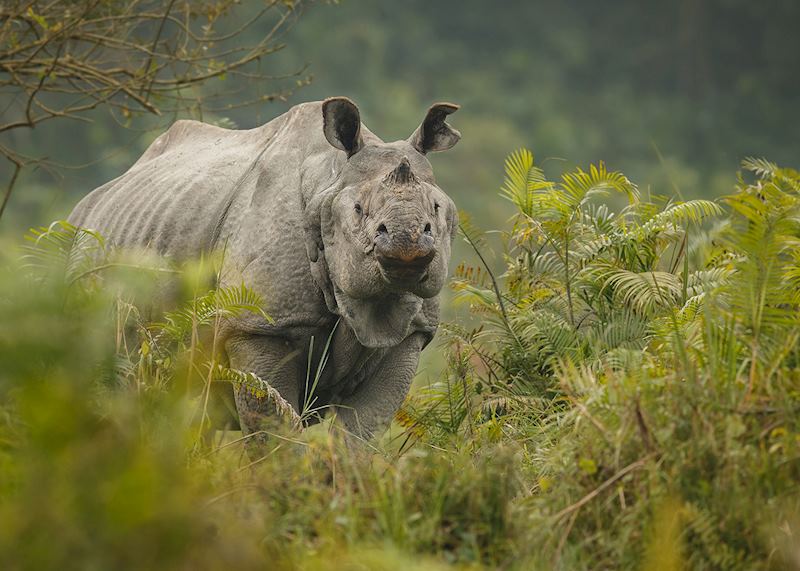
Venture to this lesser-trodden corner of India and you’ll find the peaceful tea estates of Assam and Darjeeling, where you can sip the beverage in its birthplace. Cruising down the Brahmaputra River gives you views over fertile plains, green rice fields, tiny villages, and distant mountains — you might even spot Ganges river dolphins from the deck.
You can also enjoy game drives in search of one-horned rhino in Kaziranga National Park, or hike in the shadow of Kangchenjunga, the world’s third highest mountain.
It’s not all rural life, though. Calcutta is a blend of British-colonial architecture, with sizzling street food stalls and flower markets. The city’s best explored on an early morning walking tour that includes tastings of mishit doi, a sweet fermented yoghurt, alongside tea served in a traditional clay pot.
What the experts say:
‘Taking you beyond India’s more heavily trodden routes, a trip through northeast India, for me, combines some of the best experiences across the subcontinent, all in one region. You can spot rhinos on safari, see some of the highest mountains in the world, laze among lush tea estates, and dive into the cacophony of Indian markets — all with a feeling of exploring a hidden part of this vast country.’ — Hannah, India specialist.
When to go
October to March sees warm days and cool evenings, making it an ideal time to explore Northeast India away from searing heat or monsoon rains.
Top festivals and events for northeast India
- The Durga Puja is Calcutta’s most important festival, usually occurring in October. This ten-day Hindu celebration of the goddess Durga is marked with feasts, performances, and gift-giving, with large clay sculptures displayed in homes and temples across the city. The highlight is the final day, where the clay idols are paraded through the city and immersed in the river — a symbol of the goddess’s return home.
- In November or early December each year, tea industry experts and enthusiasts gather for the Teesta Tea Festival, where you can join tasting sessions, exhibitions, and talks.
Uruguay

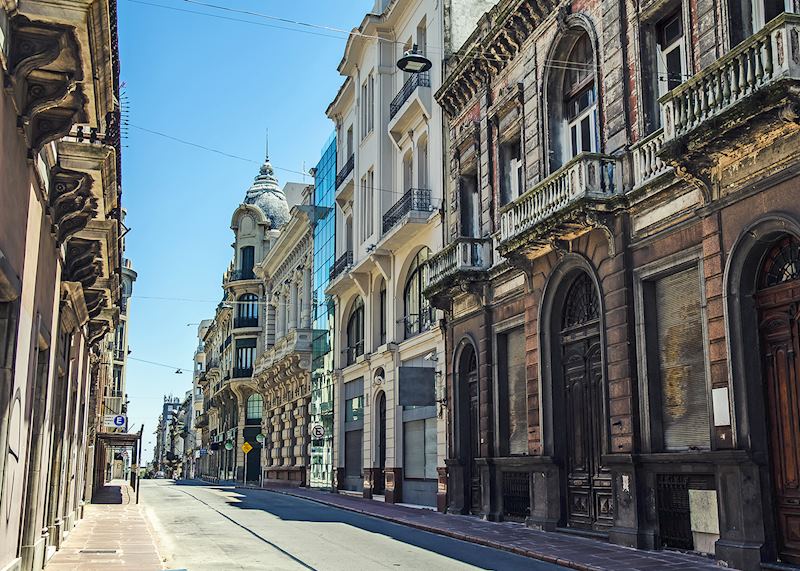
This diminutive, easily overlooked nation is a box of delights. Windswept pampas to pound over on horseback, state-of-the-art eco-wineries for tasting fine Tannats, losing yourself in the nooks and crannies of the Portuguese colonial town of Colonia…
Uruguay lies adjacent to popular Argentina and Brazil, but has a very different feel — it’s as if the volume’s been turned down. Begin in the relaxed capital of Montevideo where, instead of crowds and traffic, you’ll be strolling with locals drinking mate while walking along the Montevideo beachfront.
But, out of all Uruguay’s stretches of sand, José Ignacio, on the Atlantic coast, is our pick: understated and full of art galleries. Just inland lies Estancia Vik, a ranch-style property that’s lovingly adorned with local art, and where you have the chance to ride with gauchos or watch a polo match.
What the experts say:
‘Uruguay is a fascinating mix of Latin mentality and culture, along with a well-off population, a productive economy, and very progressive politics. It’s also the most relaxed country I’ve ever visited.’ — Melissa, South America specialist.
When to go
Late November or early December — expect pleasant weather, but the beach-going crowds won’t arrive until later in December or January.
Oman
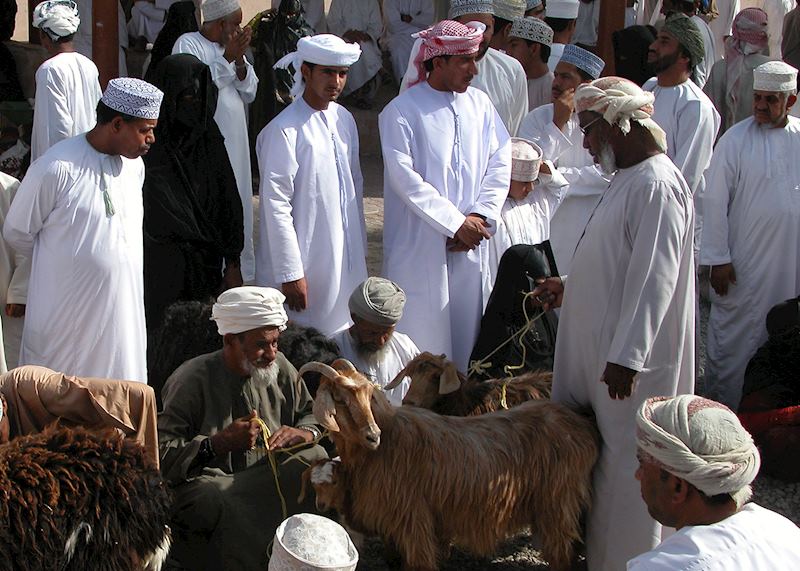
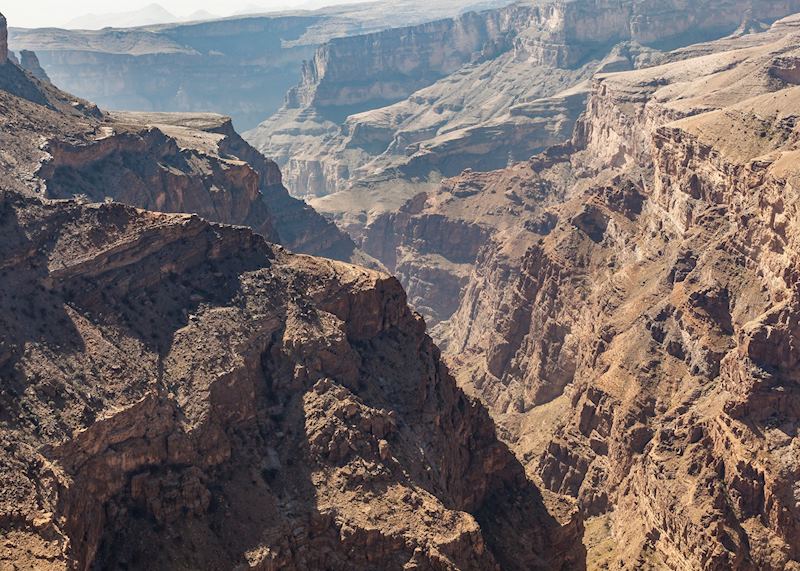
With no big-name sights like Egypt’s pyramids or Jordan’s Petra, Oman has remained under the radar. It’s perhaps the best-kept secret in the Middle East, with a visit giving you the chance to experience unspoiled deserts, beaches, and mountains. Because it hasn’t had to adapt to influxes of visitors, it’s all served with a slice of authentic culture.
Stretched along the coast of the Arabian Sea, the gleaming white city of Muscat gives you a chance to explore the main souq, fish souq, forts, and one of the biggest mosques in the world. Outside the capital, you’ll find ancient tombs, abandoned fortresses, hidden wadis, Wadi Ghu’s huge mountain canyon, and Nizwa where goats and camels are still auctioned on Fridays. In the Wahiba Sands, you can ride a 4x4 to the top of a dune to watch the sunset.
What the experts say:
‘Something that surprised me about Oman, and specifically the Wahiba Sands, is how diverse the ecosystem is — there are 150 plant species, 200 mammal species, and many birds and reptiles all living alongside several thousand Bedouin people.’ — Sophie, Oman specialist.
When to go
For warm but not sweltering temperatures, the best time to visit Oman is October to April. January and February are the only months you might encounter any rain and it can get cold in the mountains. The exception is Salalah, on the south coast, where the monsoon season lasts from June to September.
Top festivals and events for Oman
- March and April marks the rose-blooming season in the Jebel Akhdar Mountains.
- You can witness the apricot harvest in May or the autumn harvest of pomegranates, olives, walnuts, and grapes in September and October.
South Korea
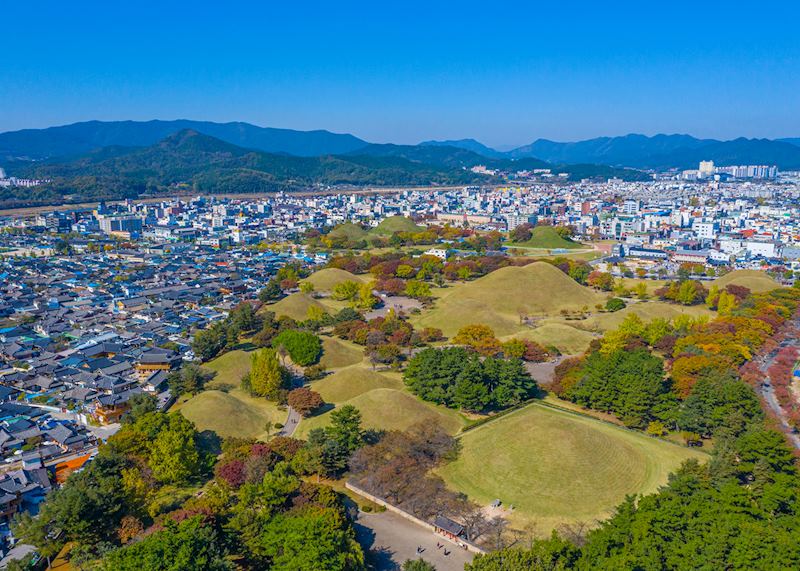
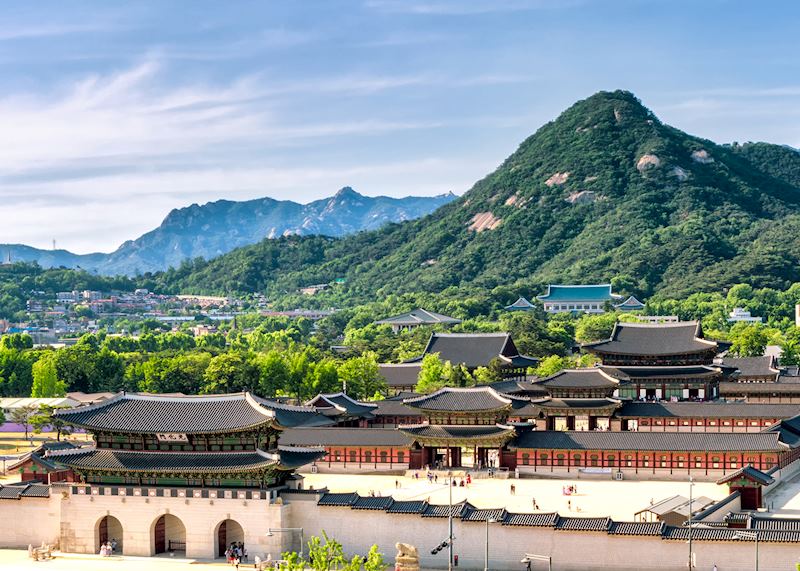
South Korea effortlessly combines temples and palaces dating back a millennium with futuristic skyscrapers. The country often draws comparisons with nearby Japan, but a visit here offers a less crowded, less expensive, and wholly different experience.
In Seoul, you can take a tasting tour through the fragrant street foods, then visit 14th-century Gyeongbokgung Palace. Admire the traditional Korean architecture in Insadong and Bukchon Hanok Village and visit Namdaemun Market to browse crafts, food, and modern fashion. Or, you could delve into the country’s more complex politics at the War Memorial or the North Korean border zone.
Outside the capital, you might hike to mountainside grottoes for views of the rugged coast, explore the volcanic landscape of Jeju Island, or visit Gyeongju’s Silla-dynasty burial chambers. And in Busan, you can take a cruise around the bay to see the city from the water.
What the experts say:
‘South Korea isn’t easy to define, and that’s what appeals to me. You’ll find Southeast Asian influences in the cuisine, while the architecture in its cities rivals that of Japan. There are also Chinese touches to the country’s Buddhist temples, and a coastline riddled with volcanic features akin to what you find in Indonesia.’ — Rebecca, South Korea specialist.
When to go
The best time to visit South Korea is September to November, when the changing leaves transform the landscape. For cherry blossom season, plan your trip between March and May. You’ll find good conditions for hiking in June, July, and August, though it can get humid outside the mountains.
Top festivals and events for South Korea
- During Jeju Fire Festival, between late February and early March, you can enjoy fireworks, K-Pop concerts, and a huge bonfire on Jeju Island to celebrate the arrival of spring.
- Early May sees the Yeon Dueng Hoe Lotus Lantern Festival take place in Seoul, featuring a procession of lanterns through the city streets. Or, visit in November for the Seoul Lantern Festival, when large lanterns are set in the Cheonggyecheon Stream.
- Enjoy the Busan Fireworks Festival in October, when fireworks and a laser light show illuminates the sky at Gwangalli Beach.
Was this useful?

